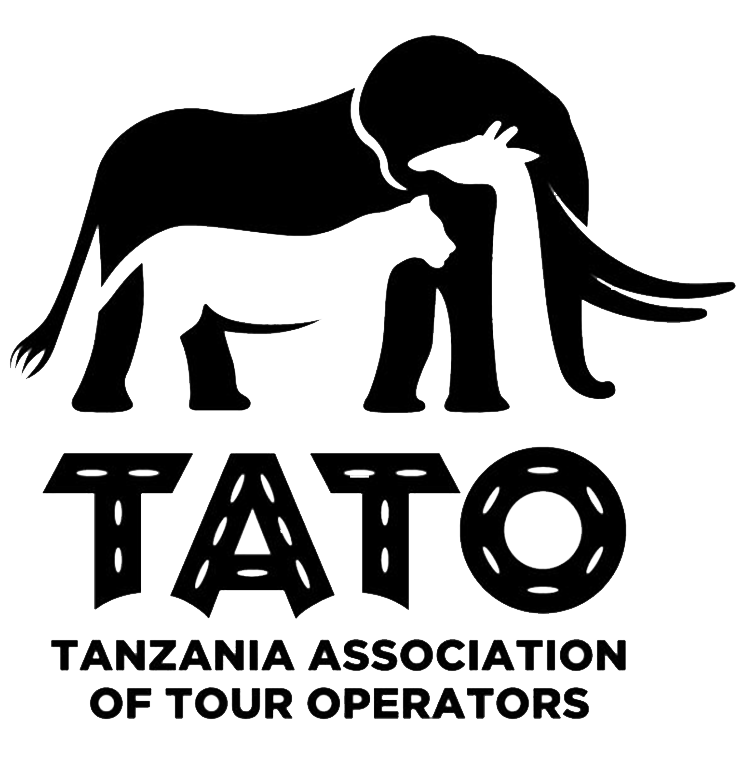About the Serengeti
Since its early beginnings in 1921 when the first steps were made to protect this area, the Serengeti has become arguably the most famous National Park in the world, a World Heritage Site and one of the most important areas of biodiversity on our planet. Gazetted in 1951, the now 14,750kmsq of the Serengeti National Park forms part of the wider Serengeti eco-system comprising the Masai Mara, Grumeti and Maswa Game Reserves and contiguous with the Ngorongoro Conservation Area and Loliondo Game Controlled Area. The diverse landscape, ranging from the quintessential plains in the south to the gallery forest of the west and the hilly woodland to the north define a park that is plentiful in bird and animal life. A typical day on safari can be as varied as the topography, with surprises around every corner.







